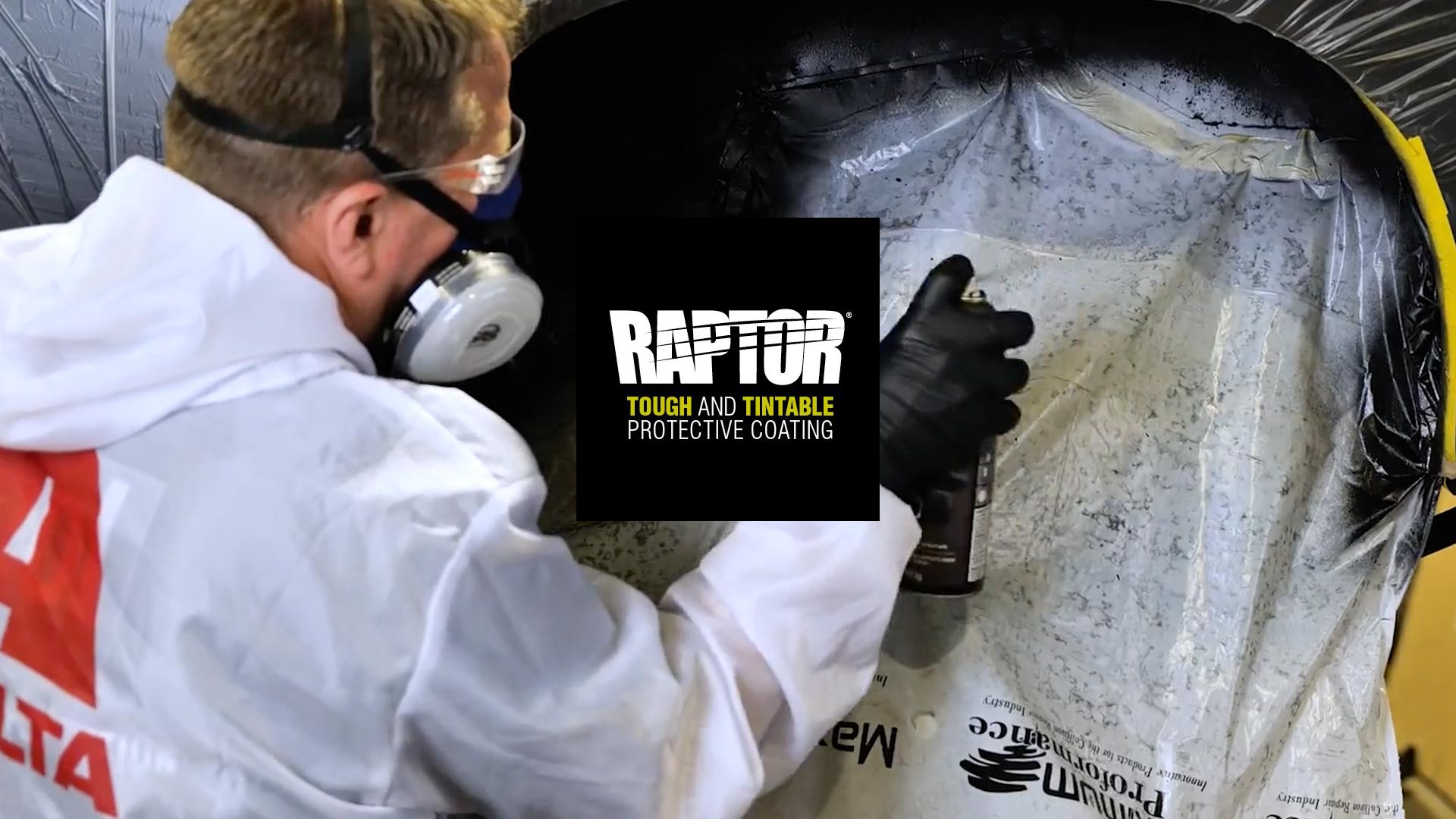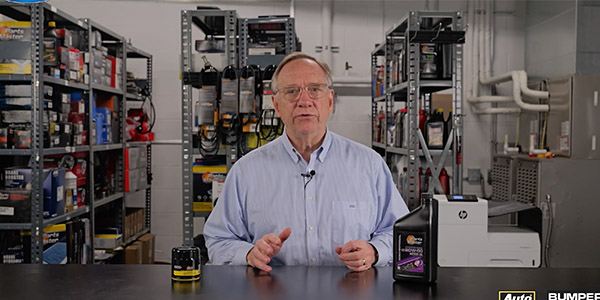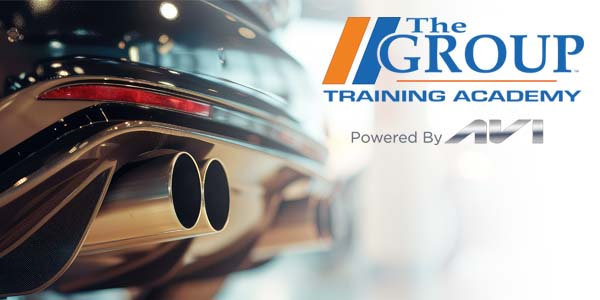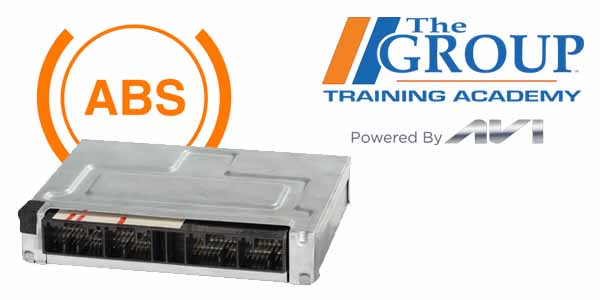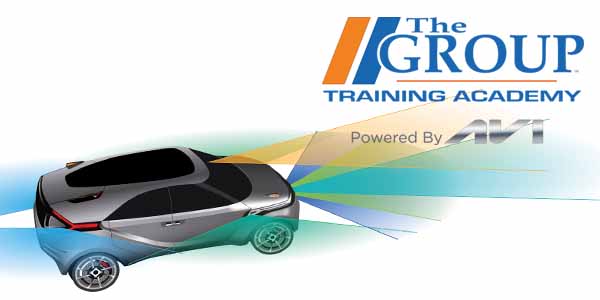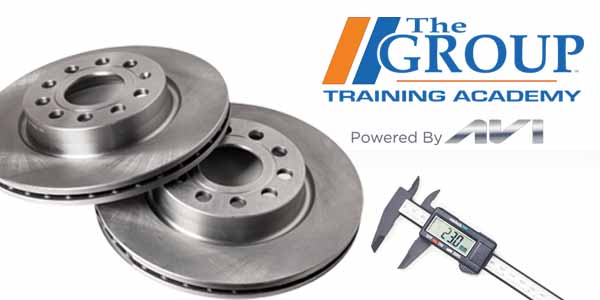If you’ve been in the parts business for a while, you’ve probably come across more than your fair share of DIYers who seem like they’re in way over their head on a particular repair – or at the very least, they don’t realize exactly what they’re getting into. That’s a recipe for a customer comeback.
In this video, we’re going to talk about an option you can present to your DIY and DIFM customers that can save them a lot of time on a notoriously labor-intensive repair job, and greatly increase their chances of getting the job done right the first time.
This video is sponsored by The Pronto Network.


